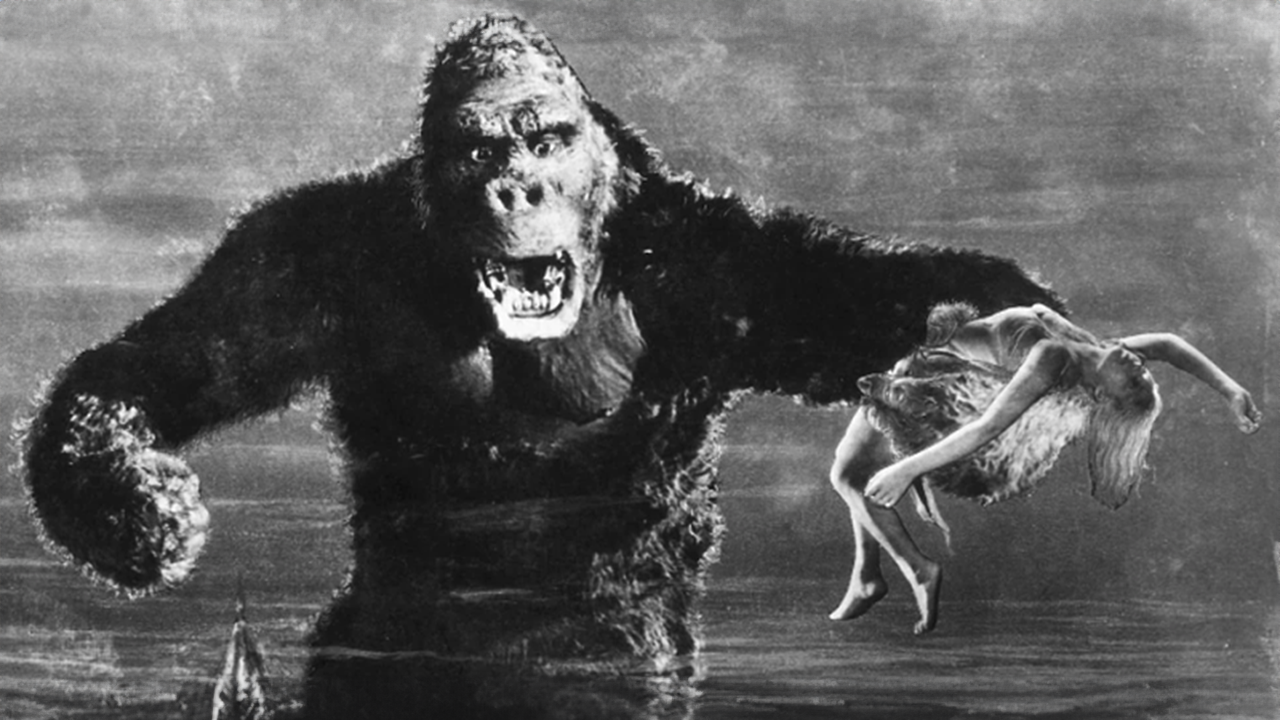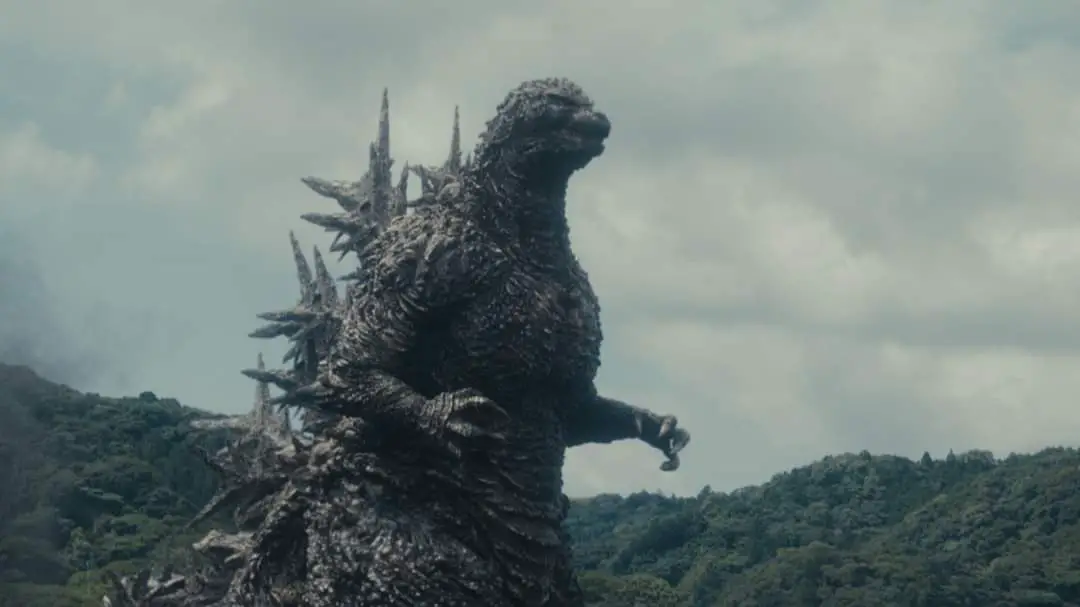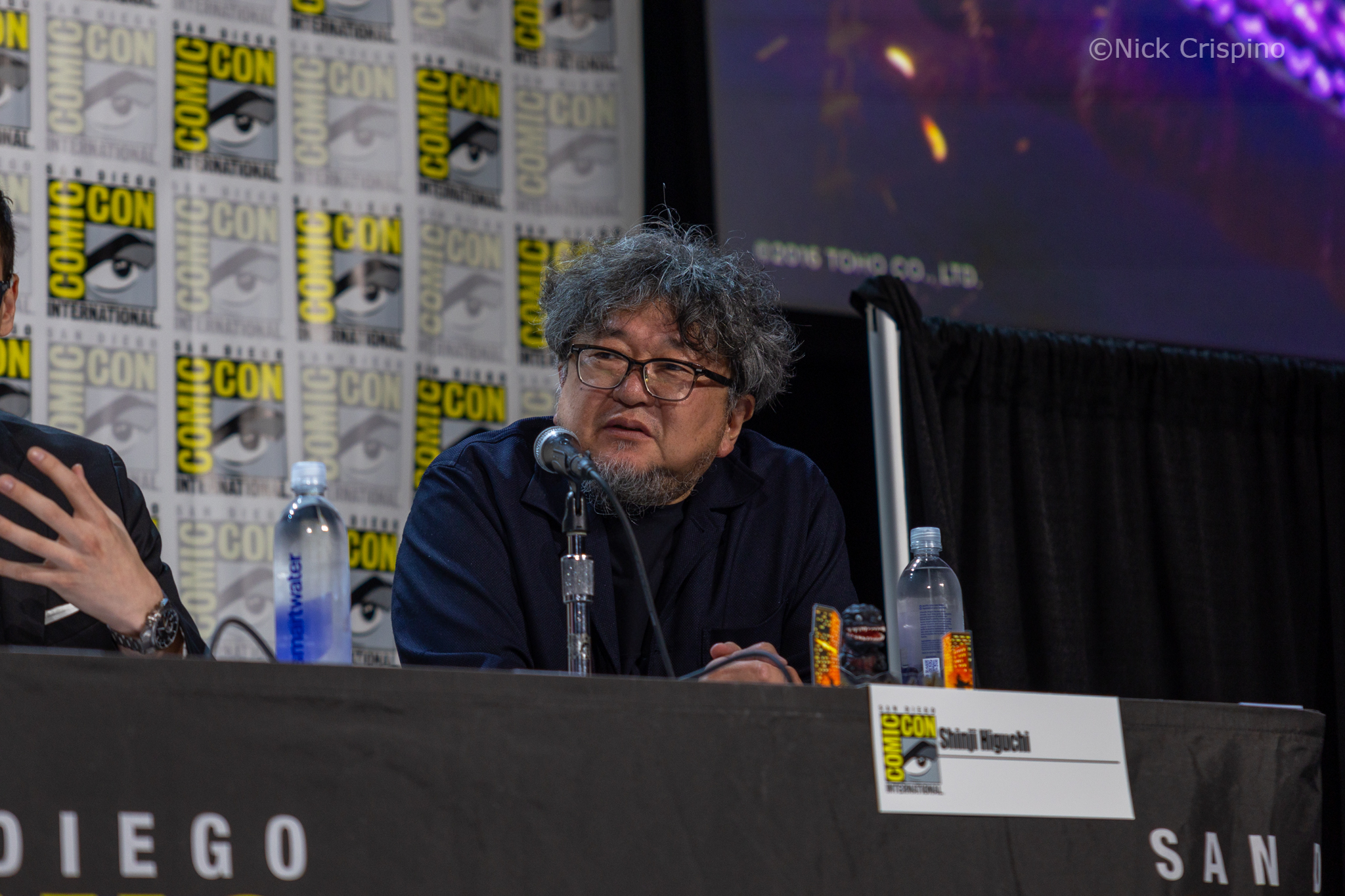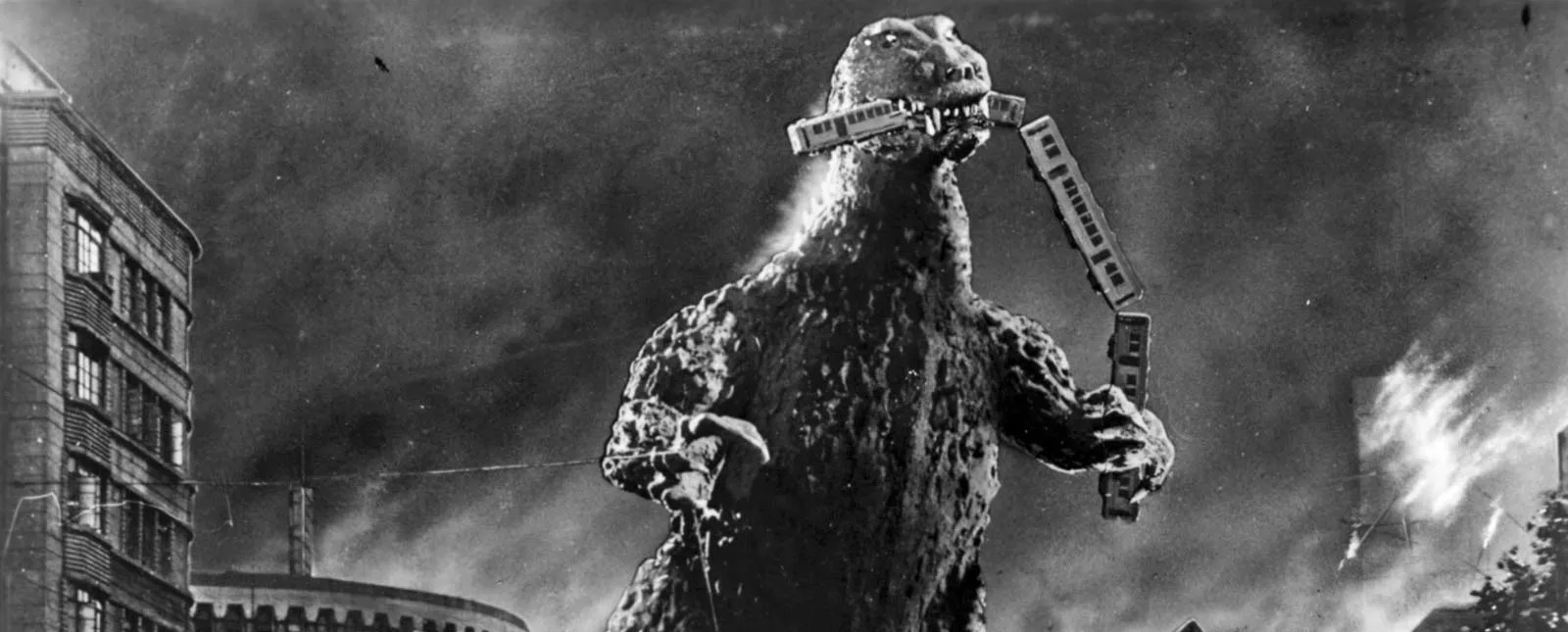Publicity Photo for King Kong (1933) ©Warner Bros.
If you were to ask somebody to list ten of the most significant characters in the history of film, I think most people would put King Kong somewhere on there, most likely in the higher tiers. His first film in 1933 is considered by most movie buffs to be a must-see, and for good reason. Not only has it stood the test of time for almost a century, but some may argue it is one of the most significant and influential movies ever made. Of course we know the story, a group of explorers trek through a mysterious island full of danger and nightmarish creatures — all to save a blonde bombshell from the clutches of King Kong, who is subsequently captured and brought to New York City, leading up to the climactic showdown between Kong and fighter-biplanes atop the Empire State Building. But would you believe that the film’s creator, Merian C. Cooper, had a completely different vision for what he wanted King Kong to be? One that involved a real life gorilla and a Komodo Dragon.
Our story begins in the 1920s. After serving in both the American and Polish militaries, Cooper began his new life as an explorer, joining expedition teams on journeys to unseen and exotic places around the world. While on these adventures, Cooper and his partner, Ernest Schoedsack began making “natural dramas”. Natural dramas were documentary-style films that incorporated fictional plots spliced in with real life footage.
These natural dramas were popular and helped the duo gain credibility as filmmakers. Around the same time in 1926, Cooper’s friend and famed explorer, William Douglas Burden, captured two live Komodo dragons and put them up for display at the Bronx Zoo. Burden’s description of the island Komodo, home of these lizards, gave Cooper an idea. Combined with the mysterious and haunting descriptions of the environment and story of Burden’s wife’s face to face encounter with one of the massive reptiles, Cooper gained inspiration for a film where a group of explorers encounter a giant gorilla who captures a female member of the expedition and fights a giant Komodo Dragon. But how would you film something like that? Cooper’s initial plan for bringing his idea to life would be to travel to Africa to film gorillas, capture a gorilla, bring it to the jungles of Komodo, capture a live Komodo dragon, and then have the two animals fight. If that isn’t logistically feasible, I don’t know what is.
A few years passed before Cooper set out in search of funding for his idea. At the time, movies about jungle exploration were in high demand, so he figured he would have little trouble finding the financial backing needed to make the movie. Unfortunately, studios weren’t as enthusiastic about it as he was. One of the main problems was that the Great Depression had just hit and with the way Cooper planned on making his movie would require a large budget that would not only be needed for the overall production of the film, but also include travel costs and the money required to capture live animals.
Also, it wasn’t guaranteed that the two animals would have any interest in fighting each other. To the studios, this was all too big of a financial risk, with one executive reportedly claiming, “The only interest a giant gorilla would have in a girl would be having her for lunch.”, so in the end Cooper was forced to shelf the idea. When you consider how King Kong was eventually made, it seems very intuitive that the use of stop motion was the way to go. However, special effects were still in their infancy back then, and knowledge to the craft was pretty inaccessible… so there were not a ton of options when it came to renowned stop motion artists.
Fortunately, opportunity would present itself when Cooper pitched the idea to RKO Pictures. And while they too were uninterested in funding it, they did, however, hire him as an assistant to studio Vice President David Selznick. Cooper’s job was to look at early works for films and decide whether or not the studio should continue producing them. It was through this job that he came across test footage for a film called Creation, an adventure film that followed a group of explorers to an unknown island where they encounter dinosaurs. Creation was the work of stop motion pioneer Willis O’Brien, whom Cooper took an immediate liking to. O’Brien had recently lended his talents to creating dinosaurs for The Lost World in 1925, and Cooper quickly realized that stop motion and the use of detailed miniature sets
were the X factors in bringing King Kong to life, so he reworked his idea into the movie we all know today. The island of Komodo became Skull Island, Kong grew from the planned 12 feet to 25 feet tall, and the fight with the Komodo Dragon became the iconic fight scene with the T-Rex. Along with several other changes to the script, RKO agreed to green-light the movie with Cooper and Shoedsack directing and O’Brien animating. It shouldn’t go without saying that green-lighting the movie was a risky move on RKO’s part, considering the studio was on the verge of bankruptcy, and despite the changes made to the script, the movie was almost just as expensive to produce as Cooper’s original idea. My guess is that someone at the studio must have had some incredible foresight because upon the film’s release it did two incredible things. Not only did it save RKO from bankruptcy, but the film gained so much popularity that a sequel was made and released the same year. A feat that no film had ever done before.
Almost a century later, King Kong continues to be a must-see for giant monster fans and general movie fans alike. Seeing how amazing it is for the time it was made, one can often fail to realize how it paved the way for the future of special effects in movies. King Kong pioneered the use of stop motion and use of miniatures which would become key elements in many films made in the early and mid 20th century. Both techniques were utilized in the making of The Beast from 20,000 Fathoms, a film that drew inspiration from King Kong and, in turn, served as partial inspiration and precursor to Godzilla. So dare I say it, if there was no King Kong, there might’ve been no Godzilla.
We’ll never know what would kind of impact the original idea for King Kong would’ve had on the movie industry had it actually had been made, but it is fun to think of a world where it’s a reality. In the 2005 remake of King Kong, Carl Denham namedrops Fay Wray when looking for a leading lady for his film, though his assistant informs him, “She’s already shooting a picture with RKO.” to which Carl replies, “Cooper, huh? I shoulda known.”
I like to think that perhaps in that film’s universe, the original movie with the Komodo dragon was being made.





